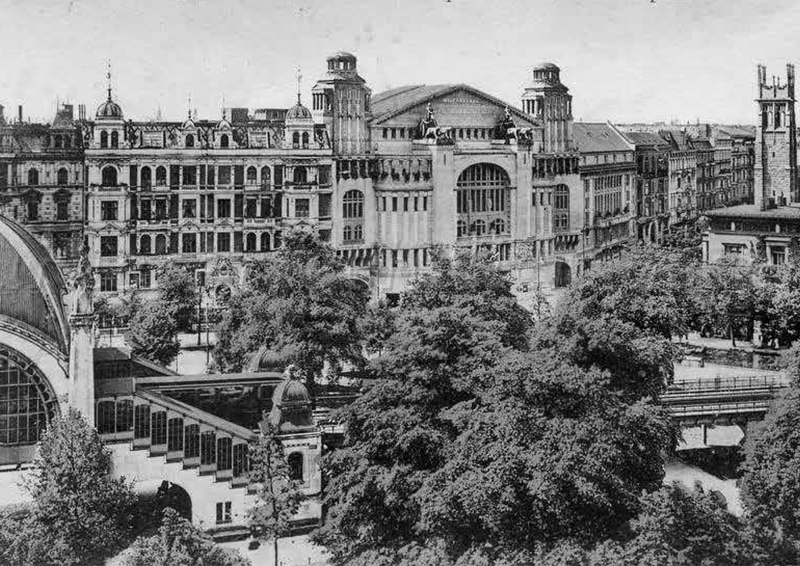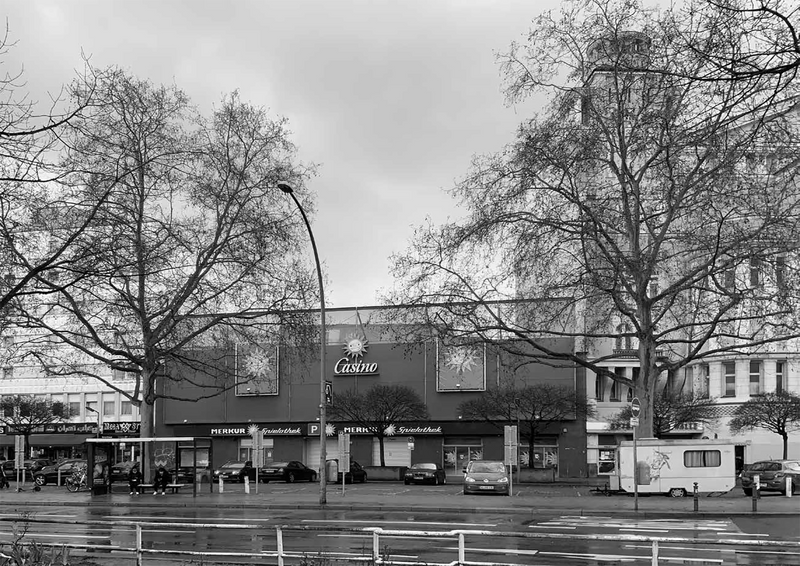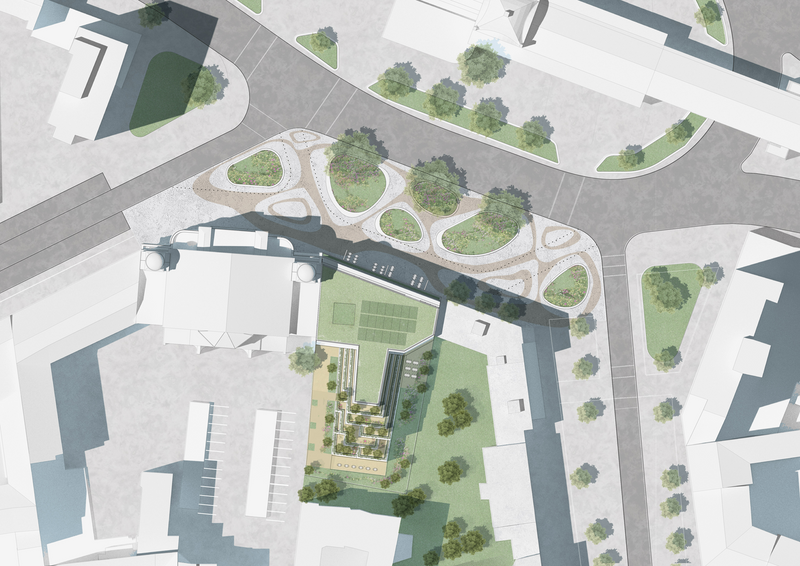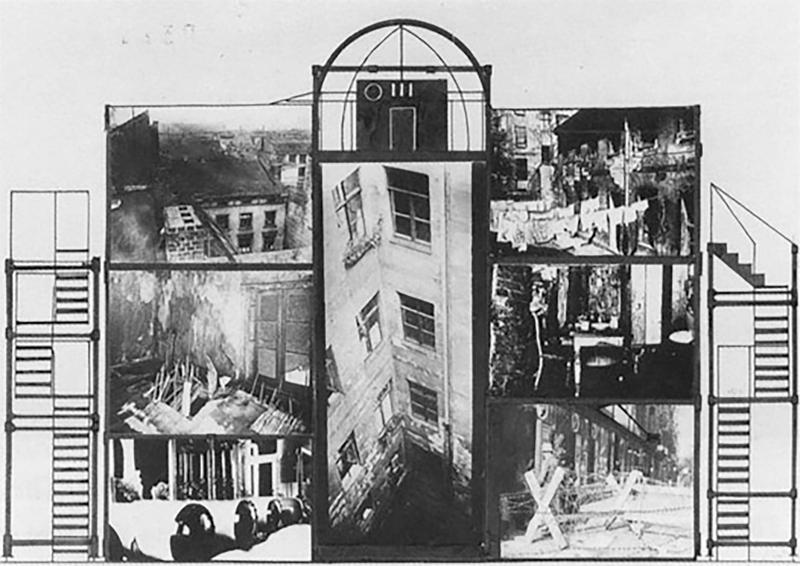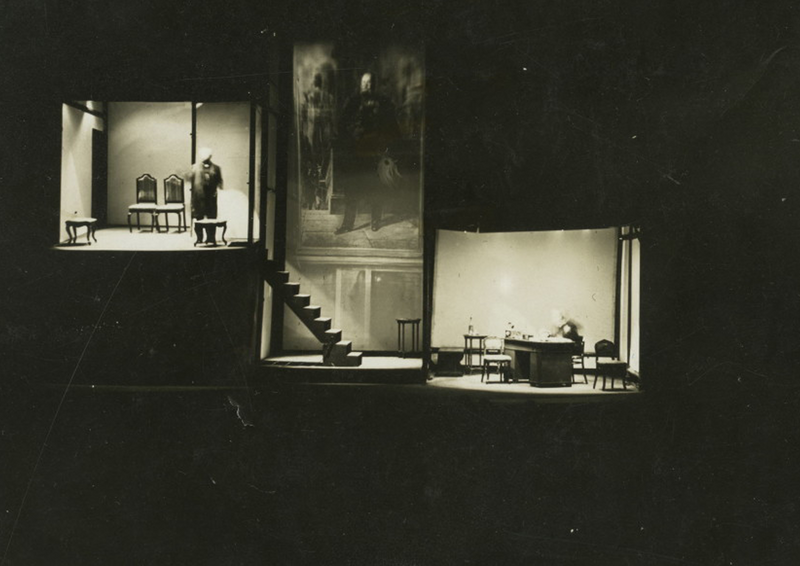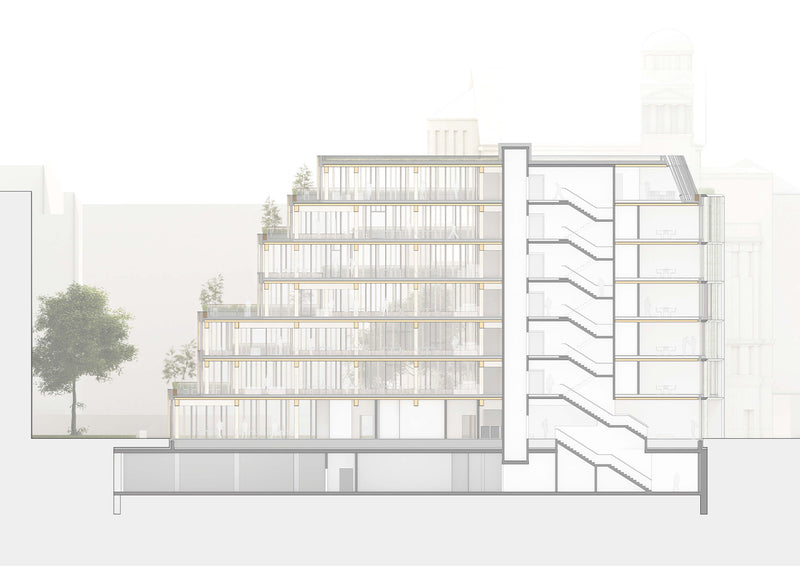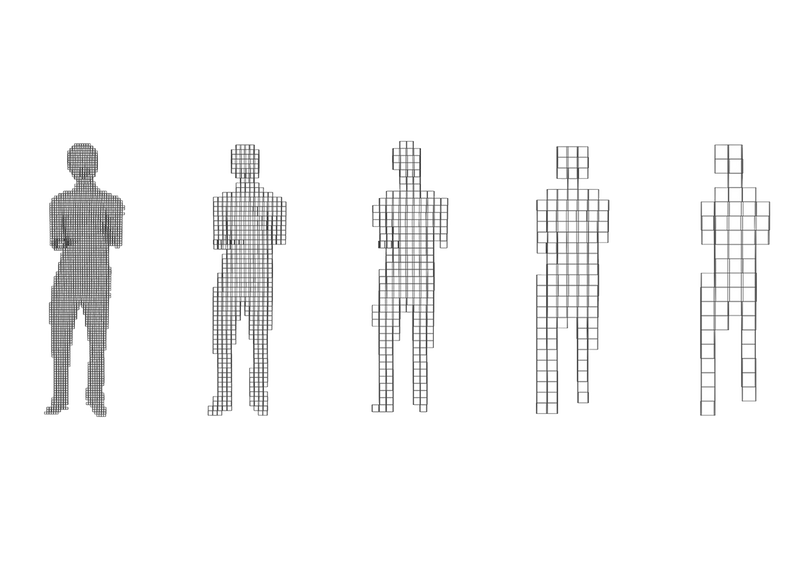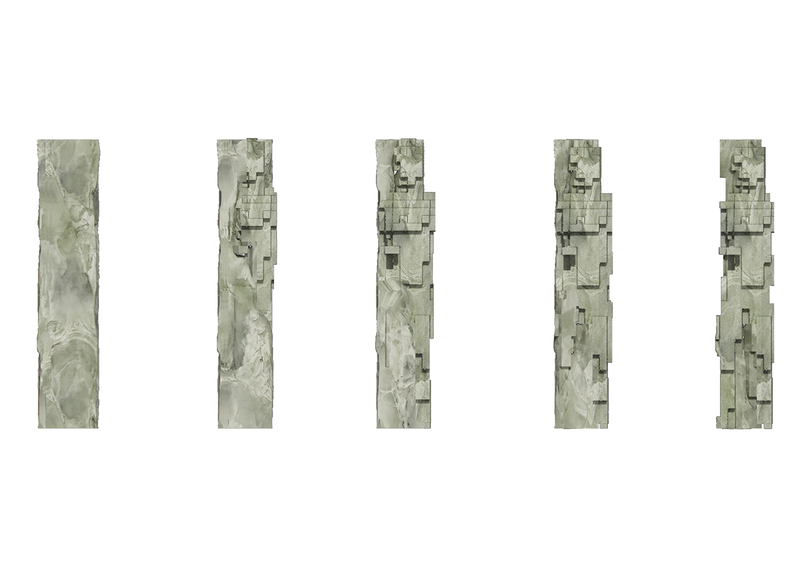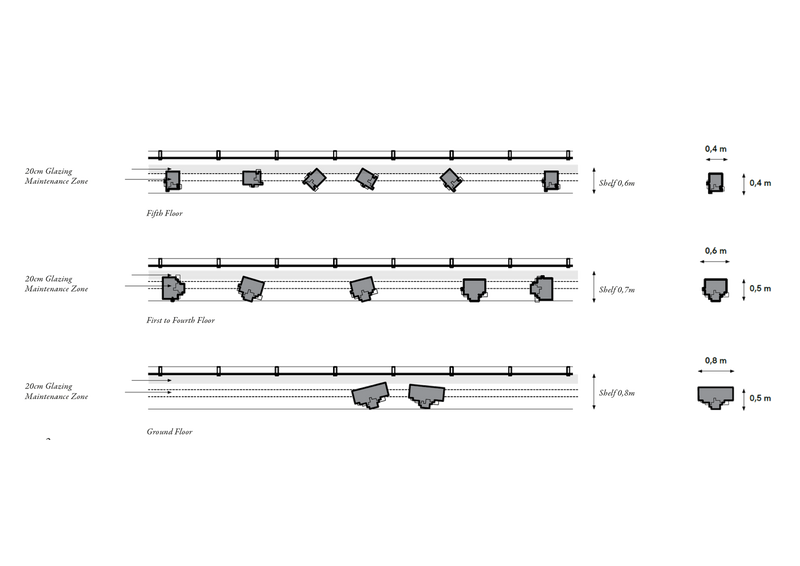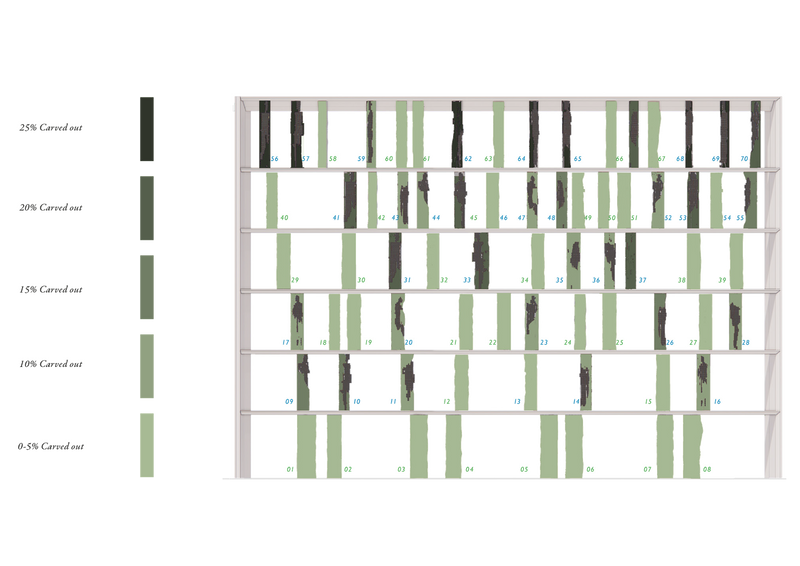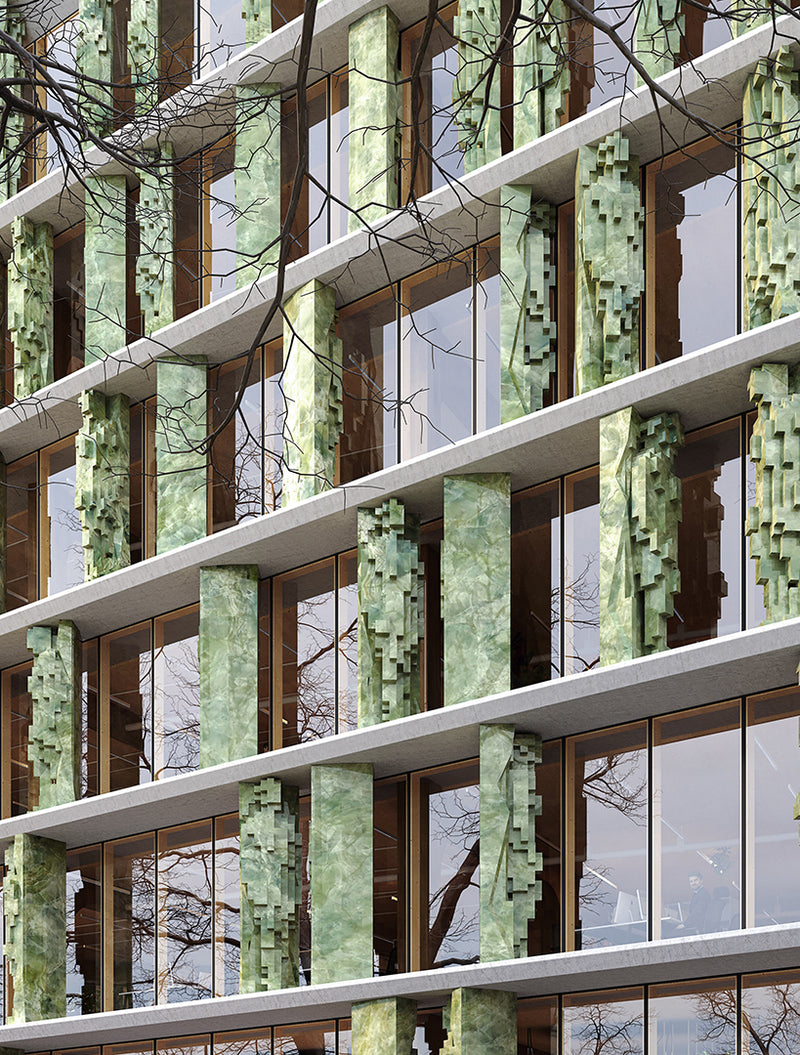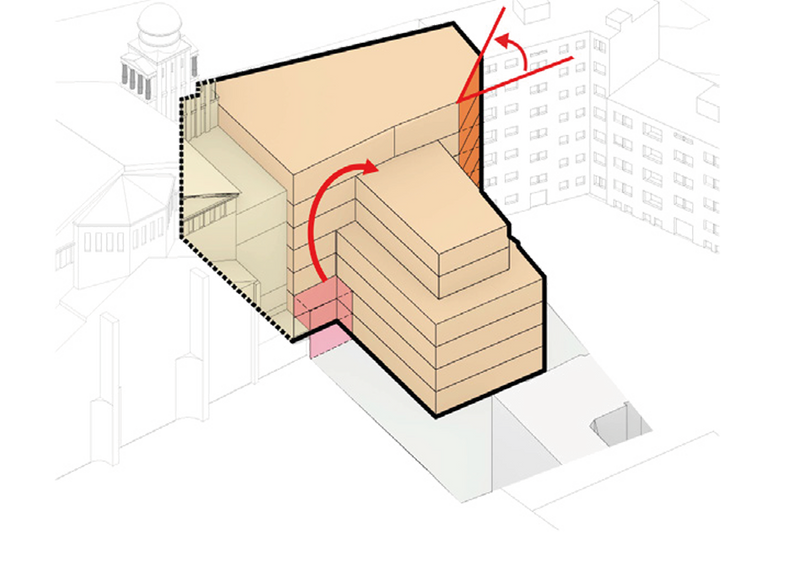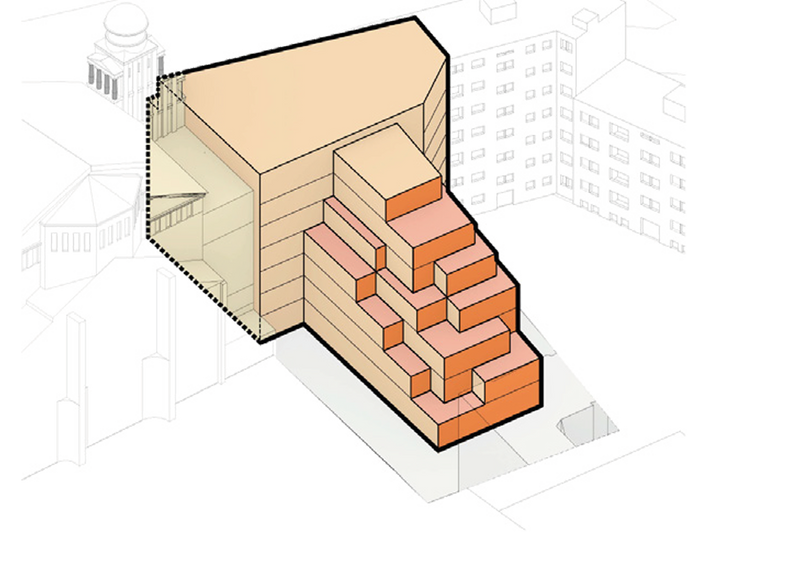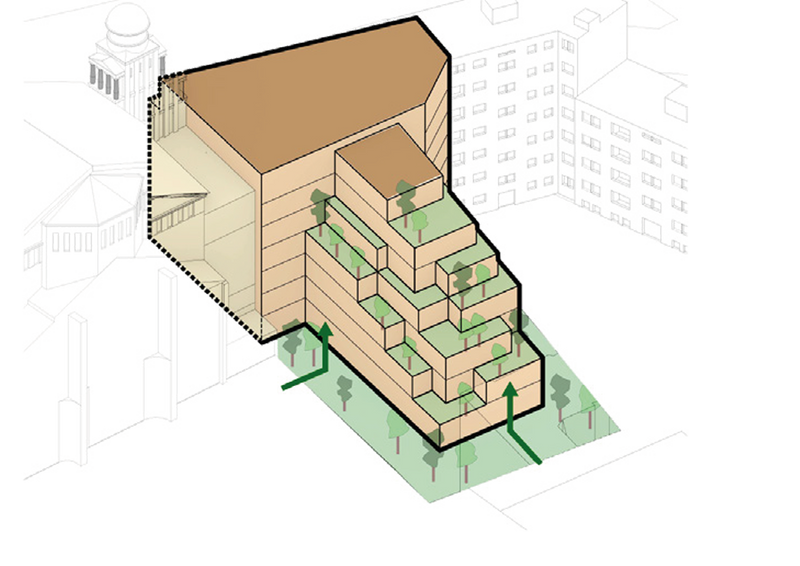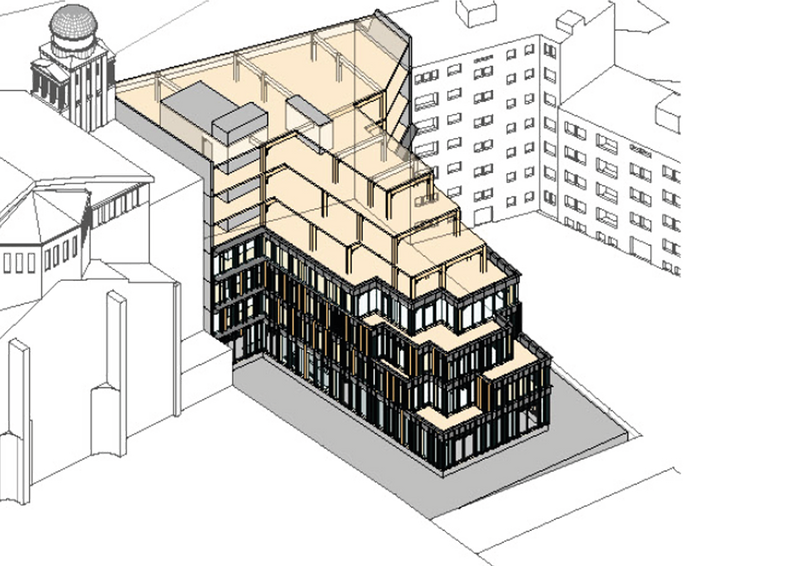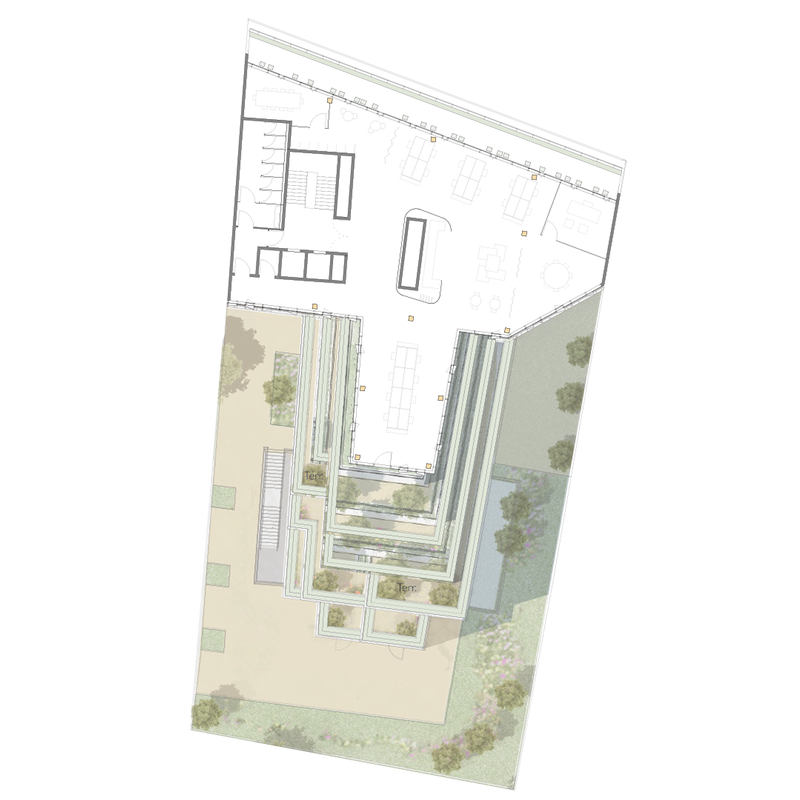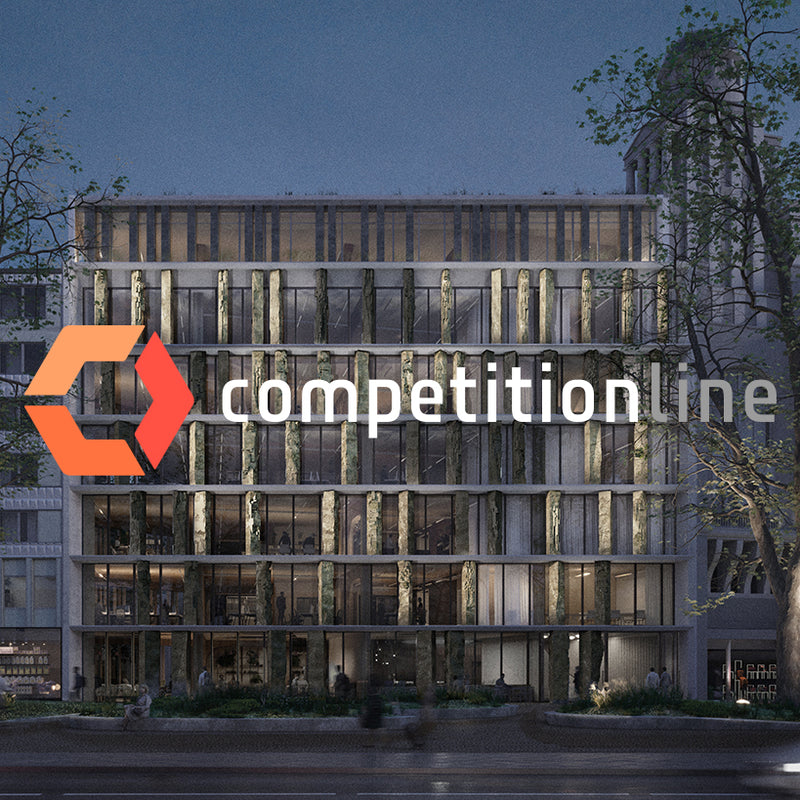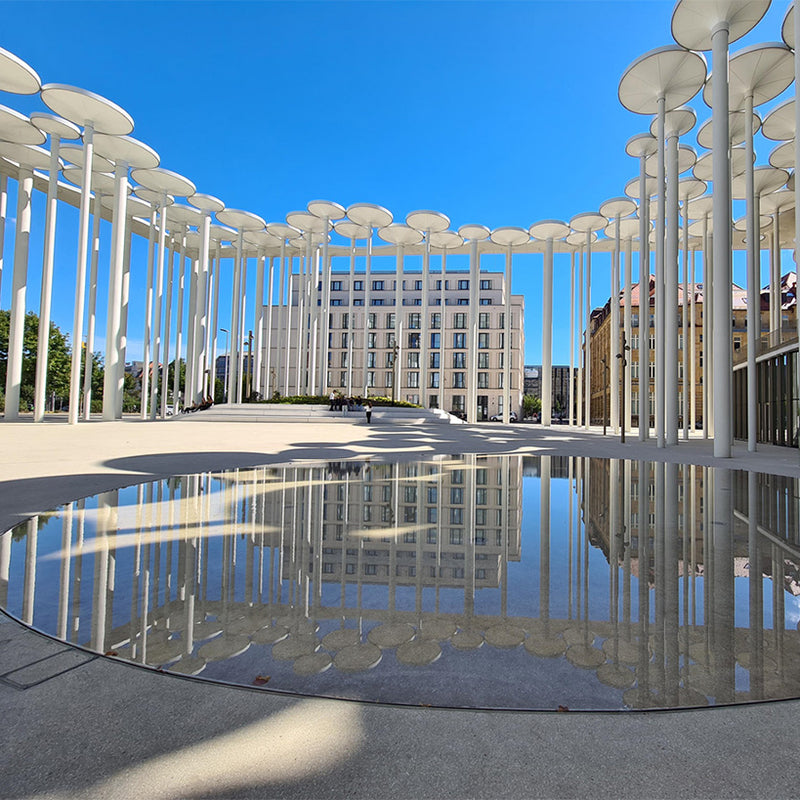LSA (UN) BUILDING PROGRAMME - NATIONAL SATURDAY CLUB
Over the last few months, ACME has participated in the London School of Architecture's (Un) Building programme for 13-16 year olds. The LSA developed the outreach programme in collaboration with RIBA and LIFT Futures as part of the National Saturday Club.
Over a series of Saturday design workshops, students are supported to develop their proposed designs and create 1:50 physical models and orthographic drawings for presenting to local stakeholders. As part of this process, students learn some of the fundamental skills required by designers to develop and present their design ideas.
A huge thanks to ACME team - Teshan Seneviratne, Monica Capitanio and Hanna Blazheieva for making time on their weekends for this important outreach programme - inspiring future architects and designers!

